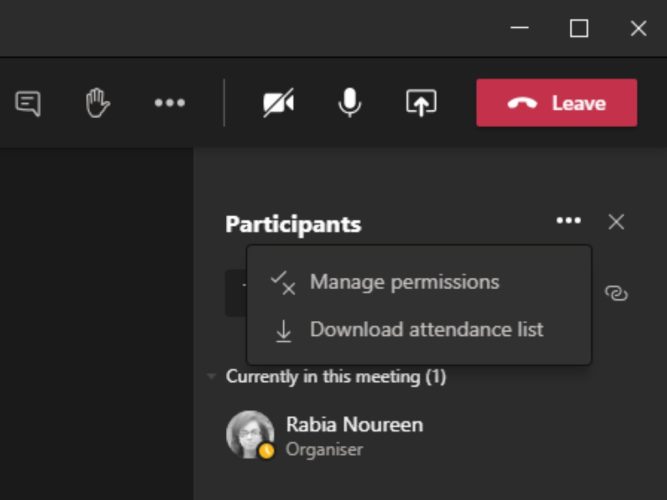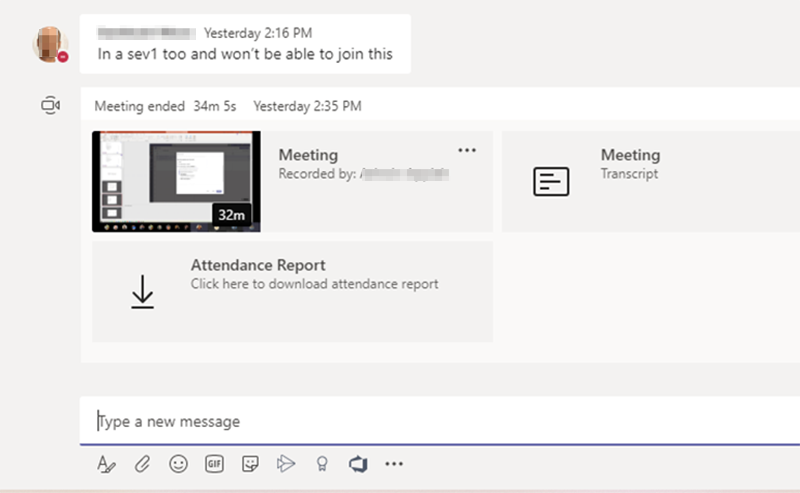Microsoft is making Teams meetings participant reports more useful this month
2 min. read
Published on
Read our disclosure page to find out how can you help Windows Report sustain the editorial team Read more

Microsoft is planning to make some important changes to improve its Teams meetings participant reports functionality later this month. The new capabilities have been designed to help companies better manage their attendance reports, according to the company’s most recent update to its Microsoft 365 Roadmap.
The first new feature that the company highlighted is the ability for meeting organizers to download a participant report for a Teams meeting once the meeting is over. Just as a reminder, the participant report is currently only available during active meetings. The participant data disappears once the meeting is ended or a user leaves early. For this reason, the meeting organizers need to download the report while all participants are still present, but this should change soon.
With this new enhancement, Microsoft will allow Teams meeting organizers to download a list of participants directly from the meeting chat (roster view) whenever they want. If the meeting is recorded, the transcript, recording, and attendance report will be grouped together in the chat window (as shown below). Otherwise, the meeting organizers will only see an option to download the participant list.
Another important new update for Microsoft Teams is additional participant data in the report. At this point, meeting organizers can only see the name, join time, and leave time of all meeting attendees. Once the update is available, the participant report will include more details like the duration, meeting start time, meeting title, and email address.
The Microsoft 365 Roadmap entry suggests that the updated functionality for downloading participant reports in Teams meetings will begin rolling out in mid-September, and its generally available is expected in mid-October. The company noted that it’s up to the Office 365 Admins to turn this feature on for all users in their organization.









